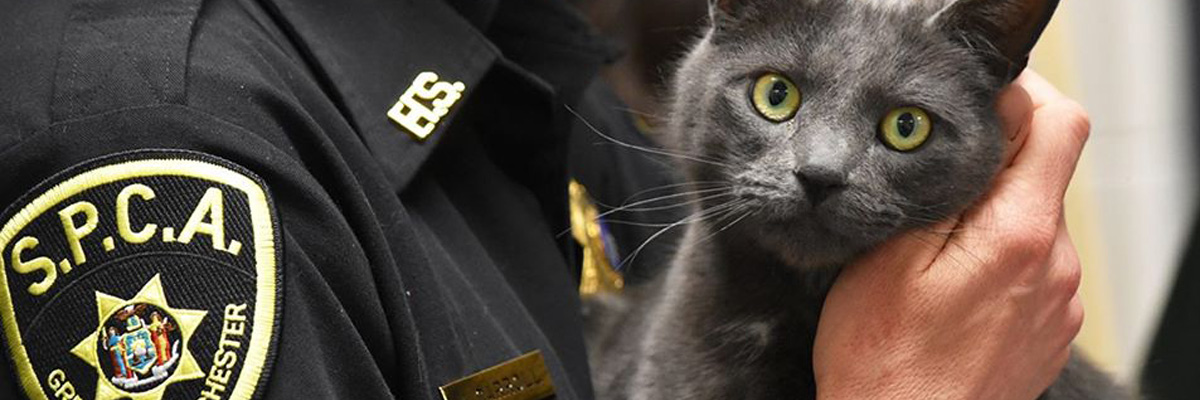It’s spring, and the warm weather has everyone in Rochester wanting to be outside as much as we can. While you are out, you might even come across a litter of kittens tucked underneath a bush someplace. And as good, kind-hearted person you will be tempted to pluck those kittens out of harm’s way and take them home to keep them safe.
STOP! Don’t kit-nap those kittens!
Each spring and summer, hundreds of thousands of kittens will be born across the U.S. This may make you think of adorable little balls of fluff, so cute and fun to have around. However, Lollypop Farm and most other shelters and rescues can admit upwards of 50 cats and kittens a day during these months, overwhelming the shelter capacity. Each year our community is challenged to handle the influx of newborn, homeless kittens during what is known as “kitten season.”
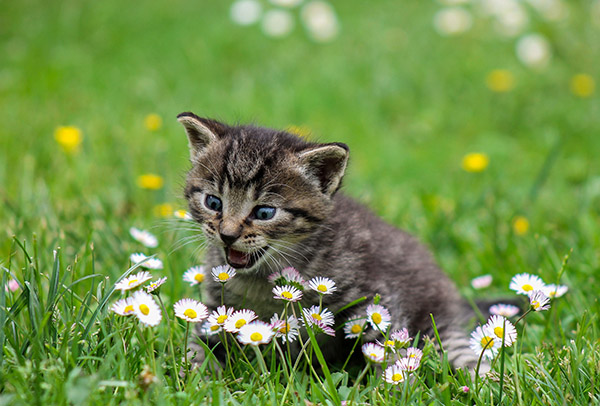
You’re probably wondering why then would we, as a humane society, not want you to help the fragile felines you find? Because chances are they don’t really need your help.
In fact, the best thing you can do is leave those kittens alone. Mom will likely return shortly, and it’s critical that the kittens remain in her care as it is their best chance for survival. So, what should you do then?
1. Don’t kit-nap the kittens.
Ask yourself, do those kittens look healthy? Are any of them injured? If the kittens are healthy and doing well, chances are mom is around. Someone is keeping those kittens nourished, warm, and safe, and it’s probably mom. She probably left to get something to eat and will be back shortly. After all, it’s hard work caring for that bunch! Don’t hover around waiting for her. If she spies you as a threat she may not return to her litter. While you think you are far enough away, mom is a pretty good survivor on her own and chances are she knows you are there watching her litter if you stick around.
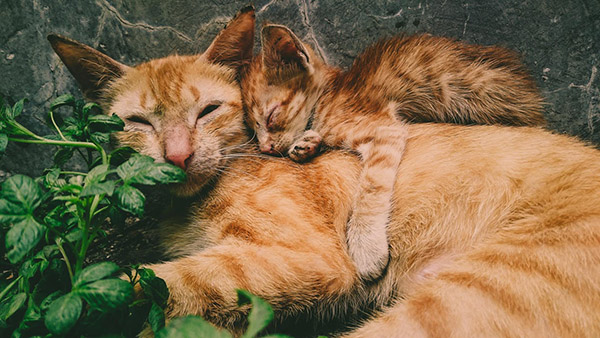
2. If the kittens are sick, injured, or you are absolutely sure they have been orphaned give our Admissions Team a call.
By not bringing every kitten to the shelter, our veterinary and foster care teams are able to better focus on helping the neediest pets in our community. Kittens who are sick will be treated by our veterinary team and those who have not yet been weaned will go out to specially-trained foster care volunteers who will provide round the clock bottle feedings.
3. Let mom care for kittens until they are at least 8 weeks old.
By this time, they will be weaned and old enough to survive on their own without mom. At that time you can begin to find adopters for each of the kittens and even get mom spayed! We recommend Adopt-a-Pet.com Rehome as a great way to find adopters. If you run into problems or can’t keep the kittens while you find them homes, contact our Admissions Team.
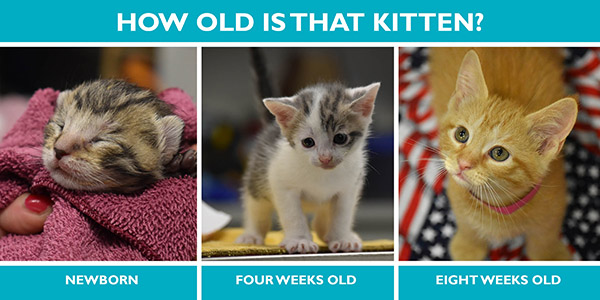
4. See a stray or cat who frequents your area?
A cat with a portion of its left ear missing means that it’s had a spay/neuter surgery and is likely feral. No ear tip? This cat may be feral and in need of a spay/neuter surgery. Learn more about how you can Trap-Neuter-Vaccinate-Return this cat to help prevent future homeless litters. If you see a cat who is injured or skinny, that kitty may need help. Again, touch base with our Admissions Team.
5. Learn more about fostering kittens.
Help us save lives by fostering kittens who have been orphaned or are homeless. By opening your home to fostering a homeless pet, you not only save that pet’s life, but help ensure space for new homeless and abused pets to come into the shelter.
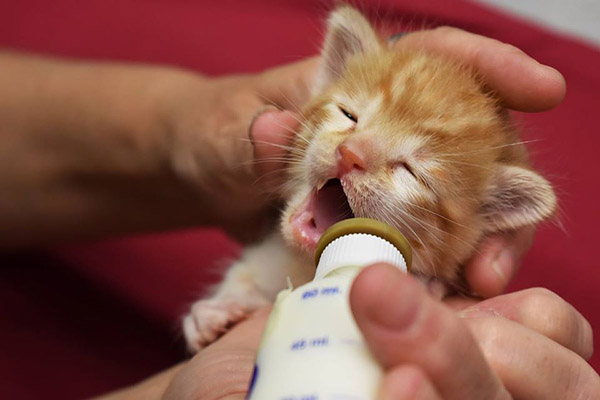
6. You can provide care for homeless, sick, and injured kittens at Lollypop Farm by making a donation.
Funds help us buy things like formula for orphaned kittens and helps support spay/neuter efforts to prevent future homeless litters.
We know your first instinct is to save these adorable kittens from the harsh outside, but the truth is that cat moms make the best moms to kittens! By following this advice, you’ll be doing the right things to help cats when they need it most. Thank you!
More Resources:
Alley Cat Allies: How Old Is That Kitten? Kitten Progression: At-a-Glance
I Heart Cats: Stray vs. Feral—What’s The Difference?
Fetch by WebMD: Kitten Care Guide

